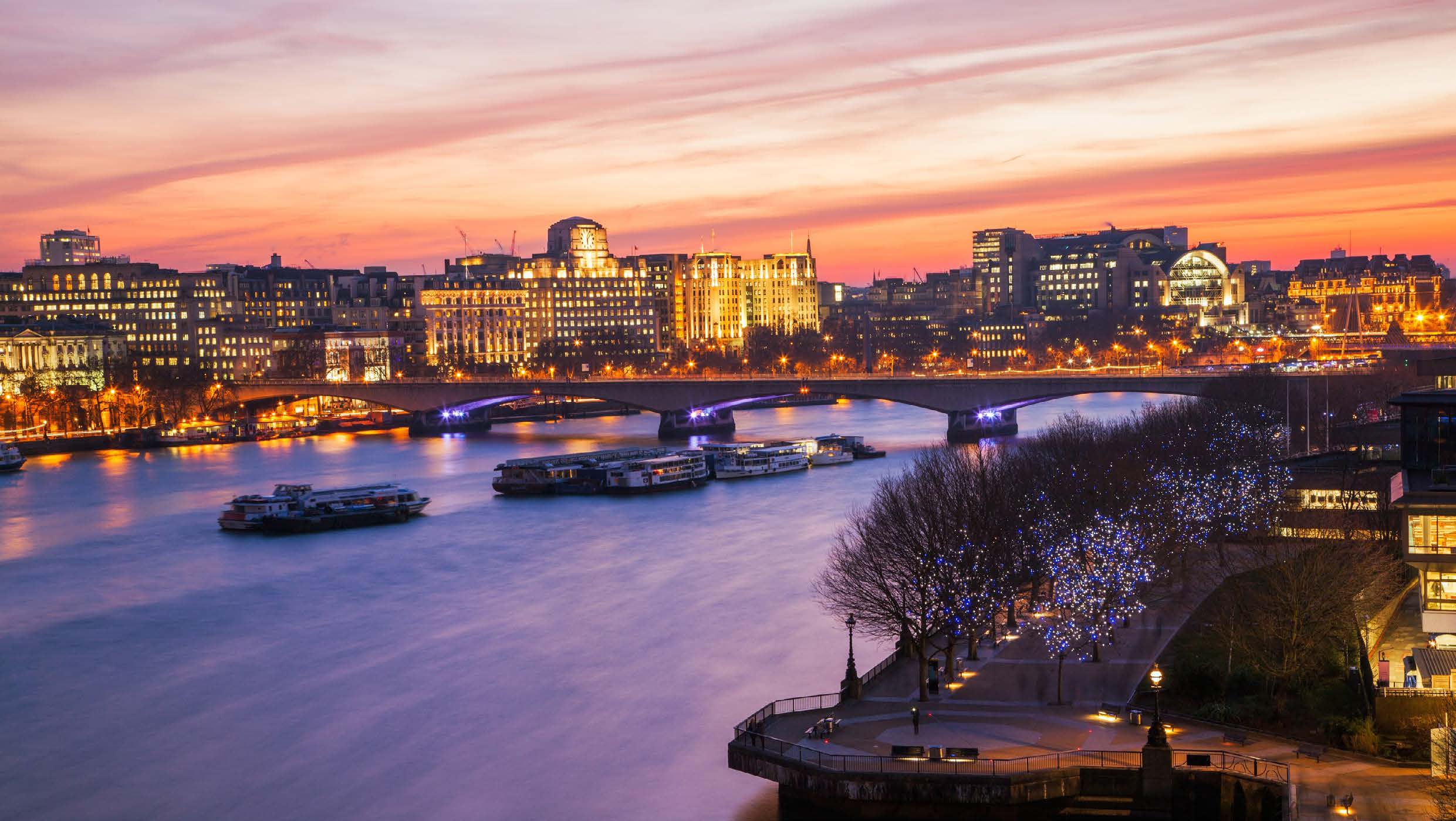
London property market sees positive growth
- Posted on
- Josh Kaye
July 2021
We reported in our last newsletter that, despite record price rises throughout the UK regions, prices in London were barely moving. However, there are signs that things are now beginning to look up for the London market.
The Halifax’s latest House Price Index shows an increase in the rate of annual price growth for London, moving from 2.1% in April to 3.1% in May. There figures are borne out by estate agents who are reporting that the high demand for property in the capital is resulting in more and more sellers holding out for their asking price. They are aware that buyers, anxious to secure a deal before prices rise still further, are increasingly willing to meet that price.
Unlike earlier in the year, agents are also reporting that supply is now beginning to meet demand and transaction rates are up. Agents Chestertons saw a 9% growth in sales in May compared to April and they predict that the London market will remain buoyant for the rest of the summer. The gradual tapering of stamp duty relief doesn’t appear to be having a dampening effect on demand just yet.
Meanwhile, research undertaken recently by the property developers Barratt London is showing that the appeal of living in London is returning, now that people’s lives are getting back to normal. According to their survey, 85% of people currently living in London said they would move within the capital rather than move out.
This compares with only 39% when the same survey was carried out last July. It seems that Londoners are appreciating once again the myriad social, cultural and leisure attractions that the city offers. The under 34 age group were the most likely to be considering a move and would be attracted to parts of London offering the best opportunities to renew their social lives. Those in older age groups are more likely to be motivated by the “race for space” which is the main driving force behind house moves throughout the country.
This gradual return to favour of city life in general is also reflected in a recent Rightmove report that the number of enquiries about city centre housing was up on their portal by 35% in May. There was also a rise of 39% since the beginning of the year in people looking for flats, which adds weight to anecdotal evidence that as workers are gradually returning to offices, many are looking for small flats as a base for working two or three days a week in the city centre.
It seems that the Prime Central London market may well be a beneficiary of this trend. The City of London Corporation recently announced plans to transform empty office space into 1,500 flats. Recent analysis by Knight Frank suggests that the London W2 postcode is set to become a property hotspot in the next few years, as the area benefits from regeneration brought about by the arrival of Crossrail at Paddington. The area’s proximity to the northern edge of Hyde Park will make it increasingly popular as people continue to place greater value on access to green space post-pandemic.
The London Standard is also taking an optimistic view of the London property market. They report on a study by A-Plan Insurance that shows that nine out of ten of the top areas for house price growth in the last decade are in London. Top of the table comes Waltham Forest with a ten-year price rise of 127%, followed by Hackney with a rise of 105% and Barking and Dagenham at 96%. The improvement of transport links in east and south-east London played a large part in fuelling the price growth in these areas and the prediction is that Crossrail could have a similar effect on property prices in outer west London and Essex over the next decade.
There is also upbeat Commentary by Savills on the outlook for the London market. Referring to the cyclical nature of the property market, they make the point that, after a nearly twenty-year period of London prices growing at faster rates than elsewhere, the rest of the country is now simply playing catch up as prices in the capital slow. They are predicting that the annual house price growth in the capital will reach 5% by the end of the year, with potential for growth of over 20% in the next four years.
